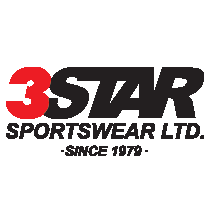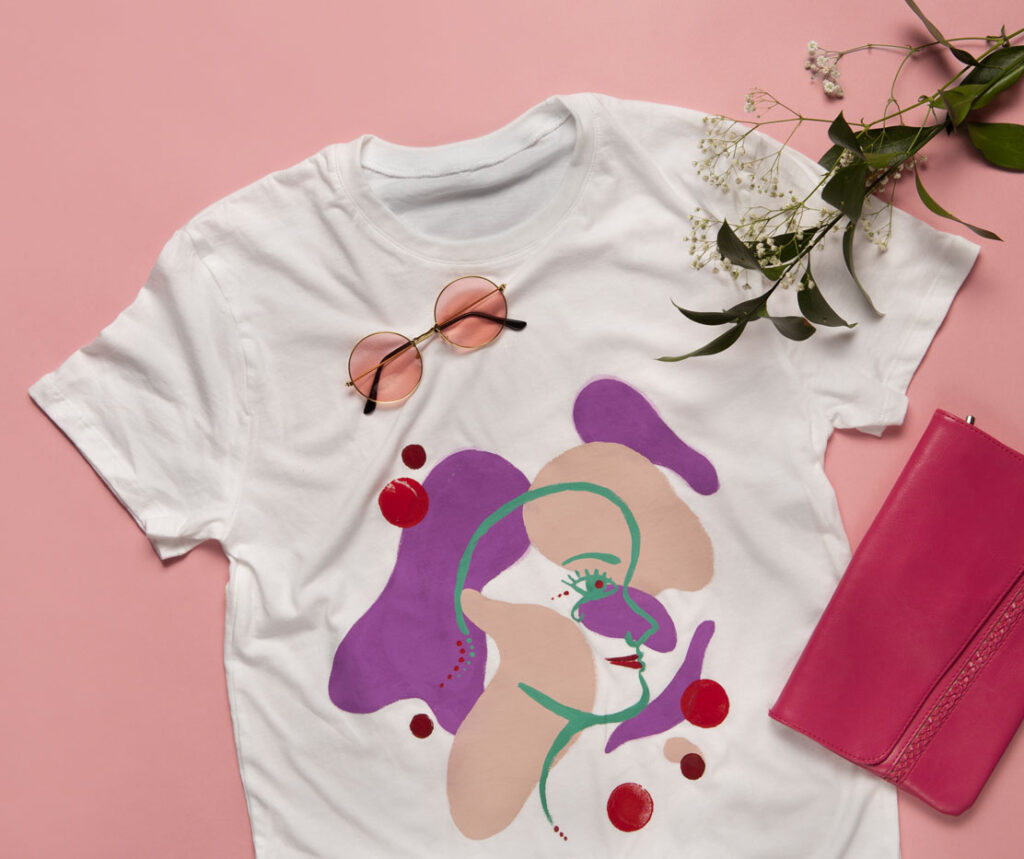

Here’s a detailed description of sublimated printing, its uses, and requirements:
Embroidery is a high quality, long-lasting and professional decoration method to communicate your brand identity with your audiences. Embroidered logos allow you to display your name or business name in a high-quality fashion, providing an excellent first impression. This technique is used to decorate uniforms, jackets, headwear or any other clothing materials with needle and thread, and it will last the life of the garment.
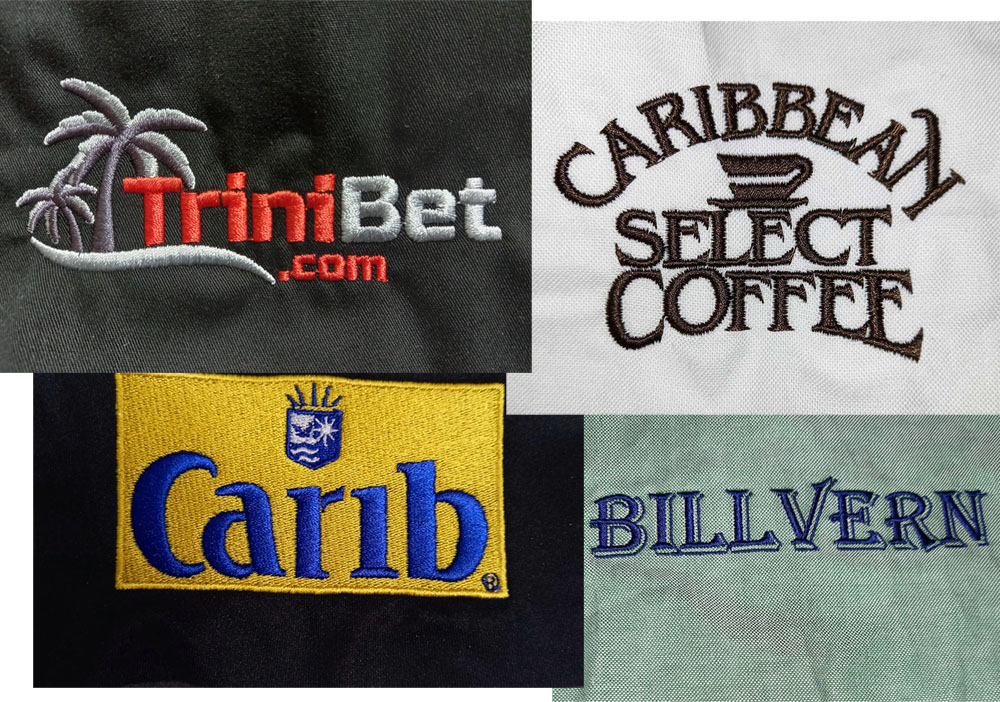

We pride ourselves at our versatility in working with our customers to work out what they need and how best to achieve that result.


















Here’s a detailed description of DTG printing, its uses, and the requirements associated with it:
DTG printing is particularly favored for its ability to produce high-quality, full-color prints with fine details, making it a popular choice for personalized clothing and merchandise. It offers flexibility for on-demand and small-batch production, making it suitable for businesses and individuals looking to create custom apparel without the need for large quantities or costly setup fees.
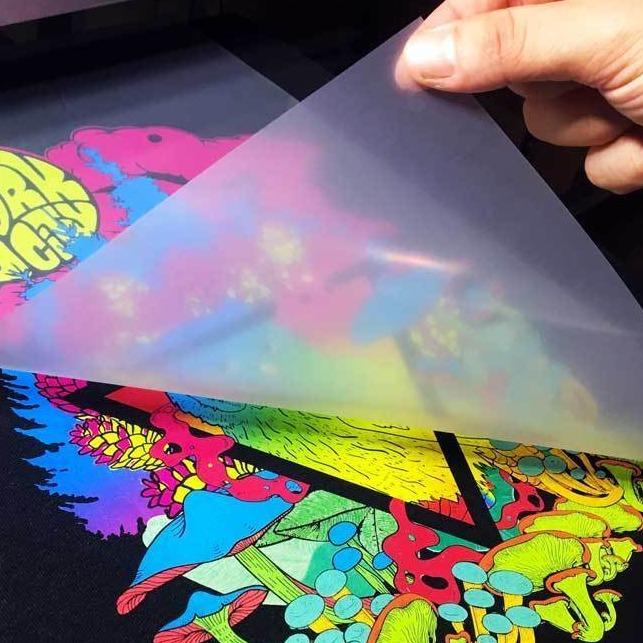

Here’s a detailed description of DTF printing, its uses, and the requirements associated with it:
DTF printing is gaining popularity due to its ability to produce vibrant, high-resolution, and full-color designs on both fabrics and hard surfaces. It’s an ideal choice for businesses and individuals looking for cost-effective customization options, especially for small to medium-sized production runs and custom one-off items.
Screen printing, also known as silk screening, is a versatile and widely-used printing technique that involves transferring ink through a mesh screen onto a substrate, typically fabric, paper, or other flat surfaces.


Here’s a detailed description of screen printing, its uses, and the requirements associated with it:
Screen printing is a popular choice for producing high-quality, durable prints on a wide range of substrates. It’s especially favored for its ability to create vibrant, long-lasting designs in bulk, making it ideal for businesses looking to produce custom apparel, promotional items, and more in large quantities.
We offer contract sewing and assembly services for a wide range of products. We can sew, assemble, and even design and develop various sewn items on behalf of other businesses.
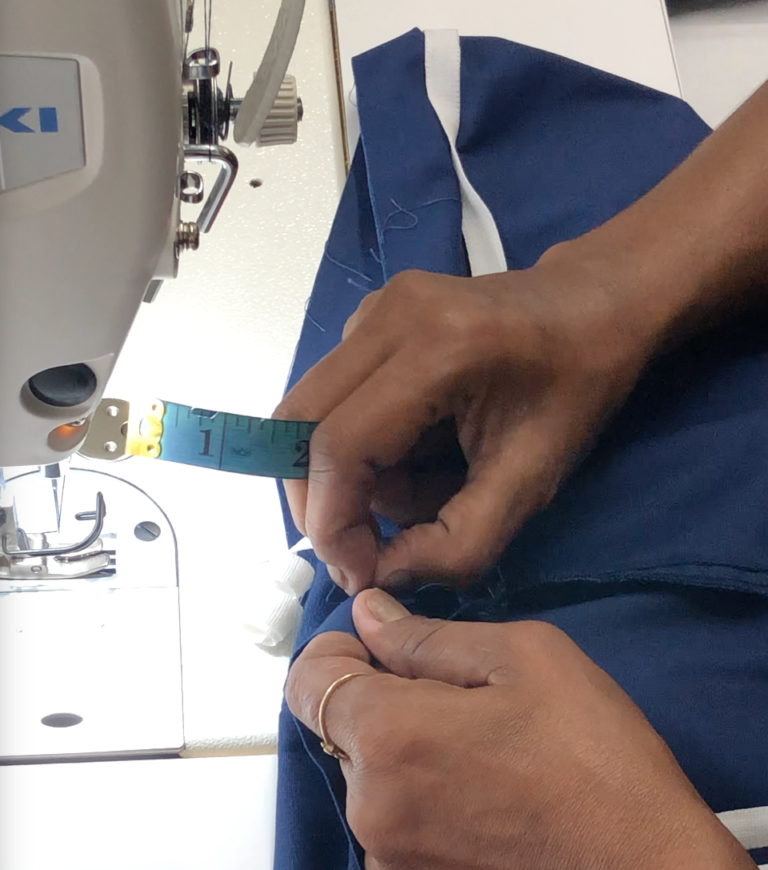

Here’s a detailed description of contract sewing, its uses, and the requirements associated with it:
Contract sewing services offer businesses the ability to outsource the production of sewn products to specialized experts, allowing them to focus on design, marketing, and other core activities. This is particularly beneficial for businesses that require large quantities of items or have limited sewing capabilities in-house.
Promotional item printing is a service that involves customizing a wide range of products, often with logos, artwork, or marketing messages, to create promotional items for businesses and organizations. These items are typically given away to clients, customers, or employees to promote a brand, product, or event.
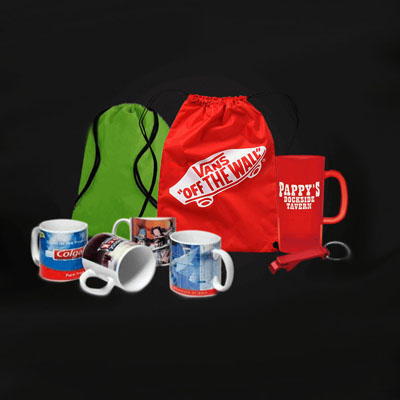

Here’s a detailed description of promotional item printing, its uses, and the requirements associated with it:
Promotional item printing is a powerful marketing and branding tool, allowing businesses and organizations to create tangible and memorable connections with their target audience. By providing useful, customized items, companies can increase brand recognition and foster customer loyalty while delivering a strong marketing message.
Feel free to contact us, If you have any query
Three Star Sportswear Limited 152 Boundary Road, San Juan, Trinidad, West Indies.
Phone: 1-868-638-2170© 2023 All Rights Reserved
Click one of our contacts below to chat on WhatsApp
Social Chat is free, download and try it now here!
